By Sarah Streitwieser
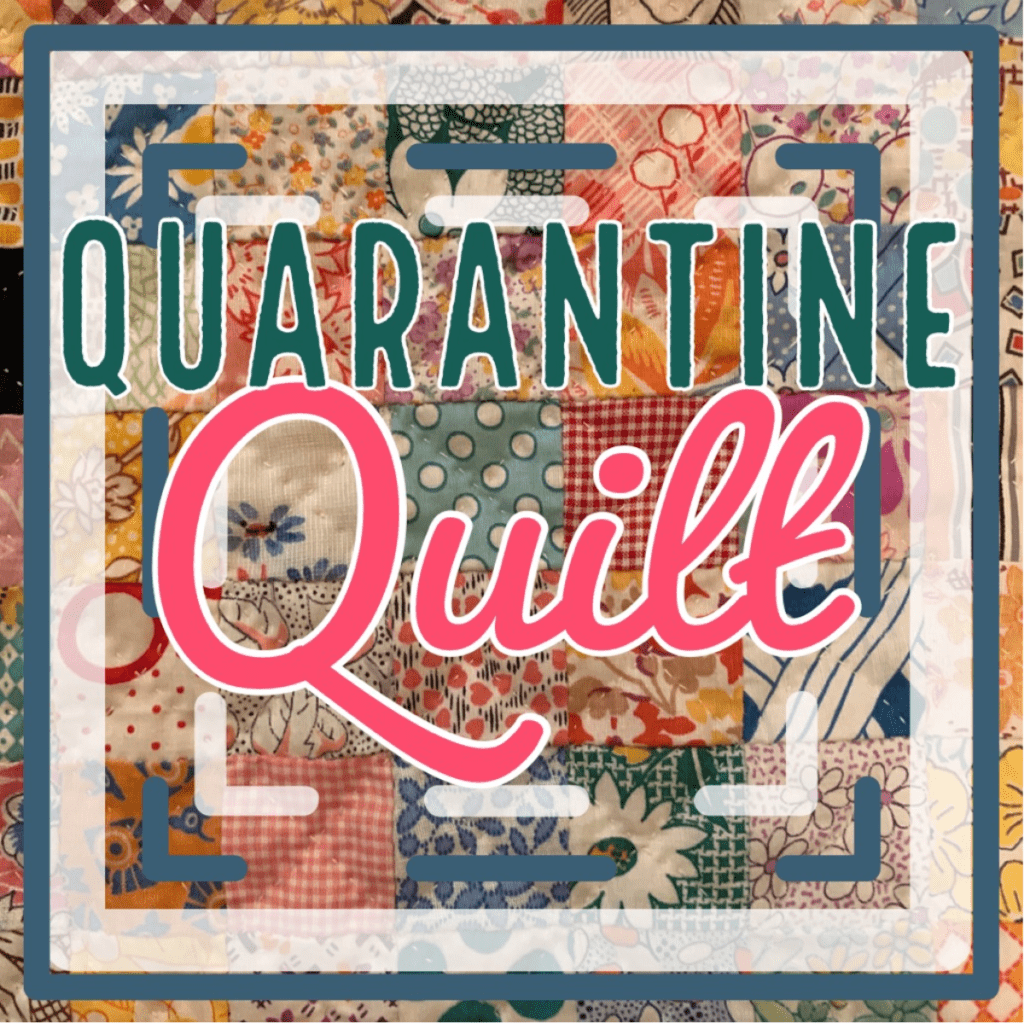
During this season of crisis and intense difficulty, our previously intact plans, lives, and livelihoods — perhaps even our physical and mental health — seem as though they have been ripped apart, shredded into a pile of scraps. Going forward, we basically have two options: we can glower at the scraps, regretfully mourning and wanting what they once were; or we can carefully retrieve the pieces — tattered as they may be — and sew them into a quilt.
Many apologies if you were looking for a clever craft tutorial — this is not that. I’m going to take a few steps backward to start. I hope you will stick with me!
Quilts
I love quilts, but I am a horrible seamstress. Perhaps my quilting ineptitude is not surprising to you — after all, how many women under the age of 40 (50, 60 maybe?) maintain this tradition? Let me start with a little bit of personal background.
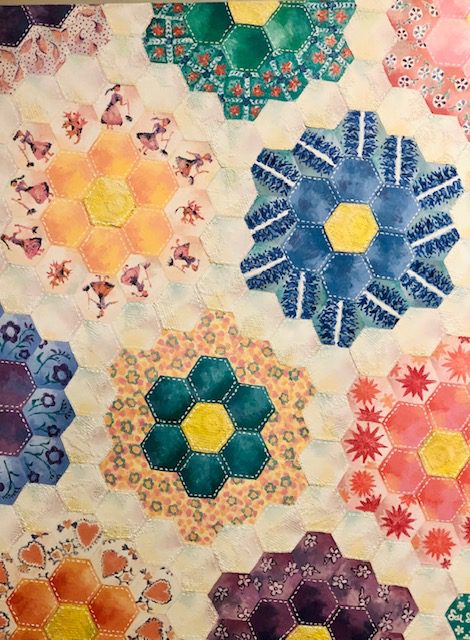

I grew up in a family with a beautiful, matriarchal presence. Tuesday nights were for sewing, a circle of aunts, great-aunts (even one great-great-aunt), my mother, my grandmother, and me. I was the only kid — just 10 years old when I sewed my first quilt — who was included in the circle. The relatives (sibling and cousins) of my shared generation were all boys — so the task of learning to quilt (a hobby that my family designated for women only) was bestowed solely on me. A product of homeschooling, I was clueless how uncool the sewing circle gig was, and so I loved it! Surrounded by such a warm embrace of maternity, I nestled into the open arms of feminine embrace.
Despite the better intentions of my many, capable teachers, my stitches never tightened or lined up neatly, and my handiwork never progressed beyond mediocrity (at best). I still hear the disapproving (albeit, loving and light-hearted!) voices of my aunts every time I attempt to re-sew a button or redo a hem. I’m no seamstress; I’m no quilter — but I do love quilts.
Feminine Genius
I also love the topic of the Feminine Genius. If you are not familiar with the topic, let me give you a brief overview. The term “Feminine Genius” was popularized by St. John Paul II (most notably through Mulieris Dignitatem, Redemptoris Mater, and his Letter to Women), although the idea did not originate with him. The true origin of the Feminine Genius began with creation itself (the book of Genesis, from a literary standpoint). The more modern recognition of the Feminine Genius began with Edith Stein (St. Teresa Benedicta), and was cited in the closing comments of Vatican II. “The hour is coming, in fact has come, when the vocation of women is being acknowledged in its fullness, the hour in which … women … can do so much to aid humanity in not falling.”
The discussion surrounding Feminine Genius attempts to describe the created value (beauty, genius, etc.) of women. Women are created equally with men, but are not the same as men. More so, our feminine value does not describe what women do, but who women are — and this femininity is needed in our society, families, and Church.
Before anyone raises a red flag for over-generalizing, type-casting, or limiting the role of women, let me share a bit more on the tone of St. John Paul II’s writing. While he shares many insights describing the Feminine Genius, he repeatedly states that much is still to be discovered — and he even “tasks” women of the third millennium to continue discovering the genius of the feminine charism. He distinctly avoids giving simplistic definitions (as in, “women are always fill-in-the-blank”). Rather, he affirms the diversity of women and the diversity of feminine expression. He speaks of women as image bearers of God — equal to and united with men, yet different from men.
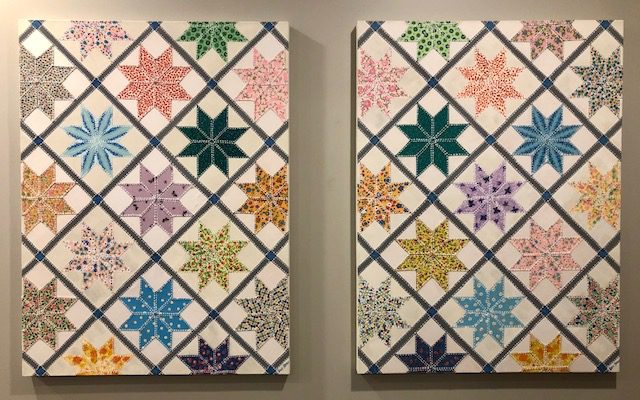

Creation
As humans (male and female) we bear the image of God; we are all called to be reflections of God’s central nature. In other words, who God is, we also are called to be. (Please do not look at that sentence in isolation; we are certainly not “gods” ourselves). Even in our perfect state — before the fall of humankind — we have always been mere creations, not the creator Himself. But like tiny snapshots, we were (and still are) meant to capture the likeness of God. Like portrait photographs, we are pictures of Someone, not the person Himself. We are like pictures taken from different angles or perspectives — unlike one another and also exactly like one another. This is the genius of human creation, which is both masculine and feminine — together and diverse.
Perhaps one of God’s most central characteristics is that He creates (God is love, and love always creates). Even the most basic way to know the existence of God is by observing His creation (i.e. Where did we — and everything — come from, if not from God?). God’s creative ability infinitely exceeds our human creative ability because (among other reasons) He is able to create from nothing. Obviously as humans, we can only create something out of something else; nevertheless, our creativity directly reflects divine creation.
Creativity
As bearers of God’s image, creativity is central to our person-hood. (Keep in mind that creativity manifests itself differently from woman to woman and person to person — so don’t feel like you are missing this trait if your Pinterest projects frequently end in disaster!) In my opinion, women are uniquely gifted in “something from nothing” creativity (not that we literally create from nothing, of course). Speaking from a physiological standpoint, women gestate humanity from humble (albeit invaluable and life-bearing) starts. Even if a woman undergoes physical duress or starvation during pregnancy, her body “automatically” gives nourishment to her growing baby first. She continues to create, giving her very self in imitation of the life-through-death Paschal Mystery.
Historically, women (great women as well as simple, “ordinary” women) have contributed much to their families and communities — even when working with meager provisions. A woman looks into a bare cupboard and manages to create a meal that will sustain her family. Our “Food Network” society typically does not value this sort of culinary achievement, but our families certainly do. I have always loved pies for this reason – not the beautiful pies on the front of magazines, but traditional pies made from over-ripe fruit or kitchen scraps, a whole lot of nothing baked into a whole lot of something, hearty and delicious.
I believe that women are particularly gifted creators in near-nothing environments. We are at our best when there is little to work with. We suffer well, we seamlessly draw near to others who are suffering, we wipe the face of our dying Jesus and find community with one another under His cross. Women, I think, do not just survive difficult times. Rather, we thrive; we create beauty, comfort, and community out of the “nothing” of crisis. I think it could be argued that the greatest works of feminine creation come from conditions of scarcity, not from abundance.
I am particularly drawn to the second Biblical creation account. Most of us are more familiar with the 6-day creation account in the first chapter of Genesis, in which God speaks the universe into existence (literally everything from nothing). In the second creation account (Gen.2), God creates from existing materials. God creates great things from lesser things; God creates life from non-life. I am captivated by this second creation account because God is fully capable of creating from nothing, yet in His great love for and connection to His creation, He chooses to use it (and us!) in expanding and cultivating His creation.
I also wonder at the second creation account because it describes the creation of woman — who was fashioned from the rib of man. Do we have an intrinsic genius toward creating beauty from near-nothing, as we ourselves were (metaphorically) created by such simple means?
Quarantine
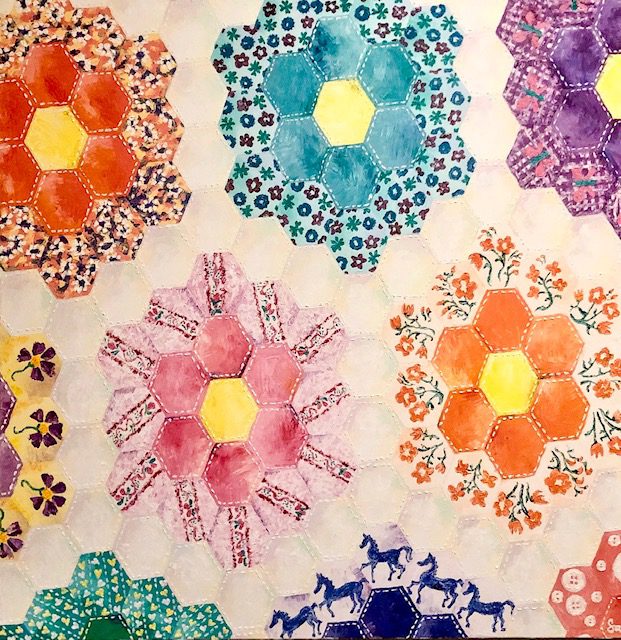

We are currently living through a season of unprecedented, global devastation; lives and societies are being uprooted; many are facing isolation and despair. I believe that it is precisely in this context that women are invited to create beauty and sustenance, not from excess and comfort, but from the “nothing” of the pandemic.
Our Feminine Genius begs us not merely to “hunker down” and survive (although please do adhere to the CDC guidelines!). Rather, we are called to help others thrive by joining in the Paschal Mystery, by creating life through love, by giving our total selves. Throughout his writing on the Feminine Genius, St. John Paul II frequently returns to a quote from Vatican II; “[Woman] … cannot fully find [her]self except through a sincere gift of [her]self” (Gaudium et Spes, 24; pronouns changed by author, from masculine/inclusive to feminine).
At the very minimum, most of us are now living without many of the comforts to which we had grown accustomed. Rather than disparaging these inconveniences, create something with the scraps. Look to the people in your own home first — if you are married, to your husband; if you are a mother, to your children. Perhaps your provisions are lean, but your time is likely plentiful. Make a gift of your presence — not your distracted, social-media-scrolling, news-feed-obsessing presence, but your full presence. Be still; be calm; be intentional in your familial interactions.
A note here to working moms — if you are trying to remote-work from home with young kids around, I totally get that you don’t have gobs of extra time on your hands! Find smaller ways to make yourself present. Listen to rambling stories, take time away from your computer, and kiss skinned knees. Your work will survive with a little less of you, but your family will not. Ask Jesus to show you how to give from your poverty of time, and ask Him to multiply your offering. After all, our Lord once fed a crowd of thousands from one boy’s sack lunch.
Beyond our inconveniences and discomforts, it is likely that many in our community will face loss and grief over the coming months. As women, I believe that we suffer well. In our maternity (a quality that St. John Paul II assigned to all women, not just mothers), we stretch rather than break. Sharing in the blood and water of Divine Mercy, we bear life through the pains of childbirth. By embracing and accepting our own experiences with suffering, we are also able to embrace others as they suffer. We create community in this shared experience, joy through sorrow, community through isolation.
Stitching it all together
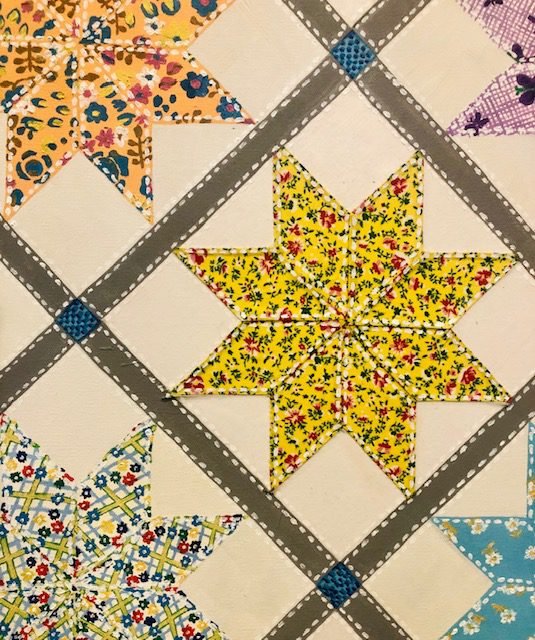

I have spent the last 8 months working on a series of paintings (no, I’m not a professional painter, I’m just someone who enjoys painting in her free time). The series of paintings is based around quilts made by my paternal grandmother and my husband’s paternal great-grandmother. I realize that painting pictures of quilts is about as uncool and antiquated as the Sewing Circle experience of my childhood — but as a former home schooler, I’ve never aspired to cool-ness!
I paint pictures of quilts as a way to enter into the feminine story of my family — and also because I am a lousy quilter (which rules out the option of actually sewing them). I want to to reference and reverence the Feminine Genius of the women who’ve come before me, but I am not called to repeat their genius; I’m called to live my own.
I love quilts because they are a metaphor for the Feminine Genius, and they beautifully demonstrate the something-from-nothing creative potential of women.
A woman looks at a pile of discarded clothes and useless scraps, and she graciously receives the gift of “nothing.” With great sensitivity and intuition toward detail, she carefully recuts each piece of fabric to make it fit into a cohesive whole, highlighting the unique nature and beauty of each fabric. In her hands, discarded scraps are transformed into a patchwork of pieces that become cherished and necessary (can you imagine a quilt with one piece missing?). By her time and toil, her gift of self, she quilts together an heirloom treasure that will last through many generations. She creates something infinitely more beautiful and precious than the pieces from which it was made. She creates a representation of her own feminine heart — open, accepting, warm, self-sacrificing, maternal, and creative.
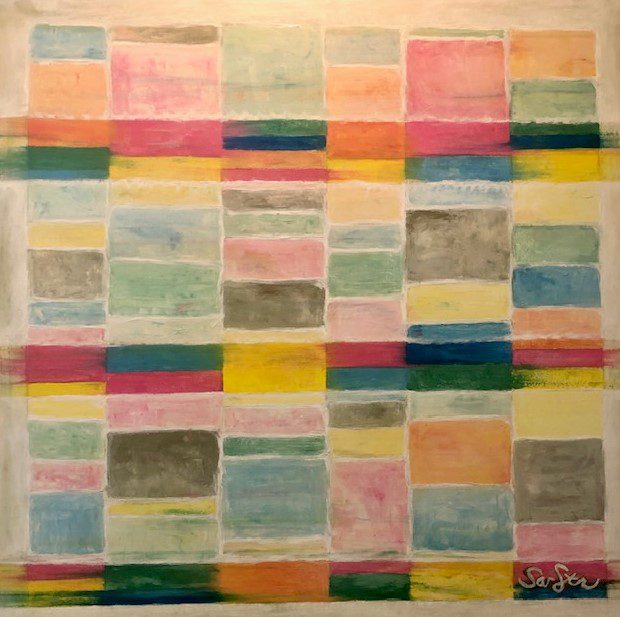

We look to the future with great uncertainty, with the fabric of our lives and society being suddenly torn apart. But despite the tearing, we can also rest in even greater certainty. In His infinite love, God is always creating. He is the only true something-from-nothing and life-from-dust creator. He is the master quilter, piecing together his people, and forming us into one (1 Cor, 12:12-27). He is calling us to work with Him, to join His Sewing Circle, and to unite our quarantine quilts, stitching them together with His.
In what ways are you called to create something-from-nothing in your family life?

